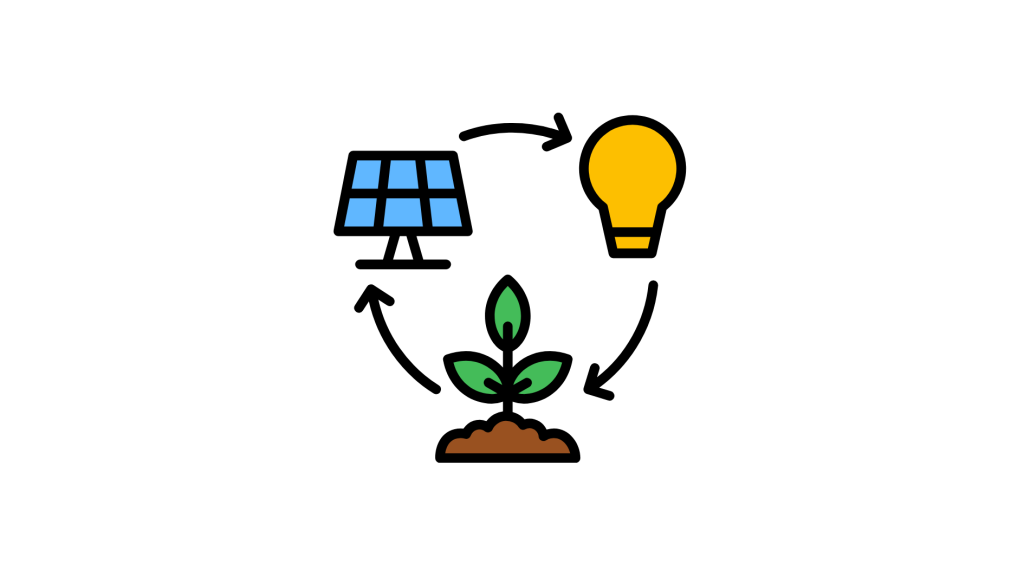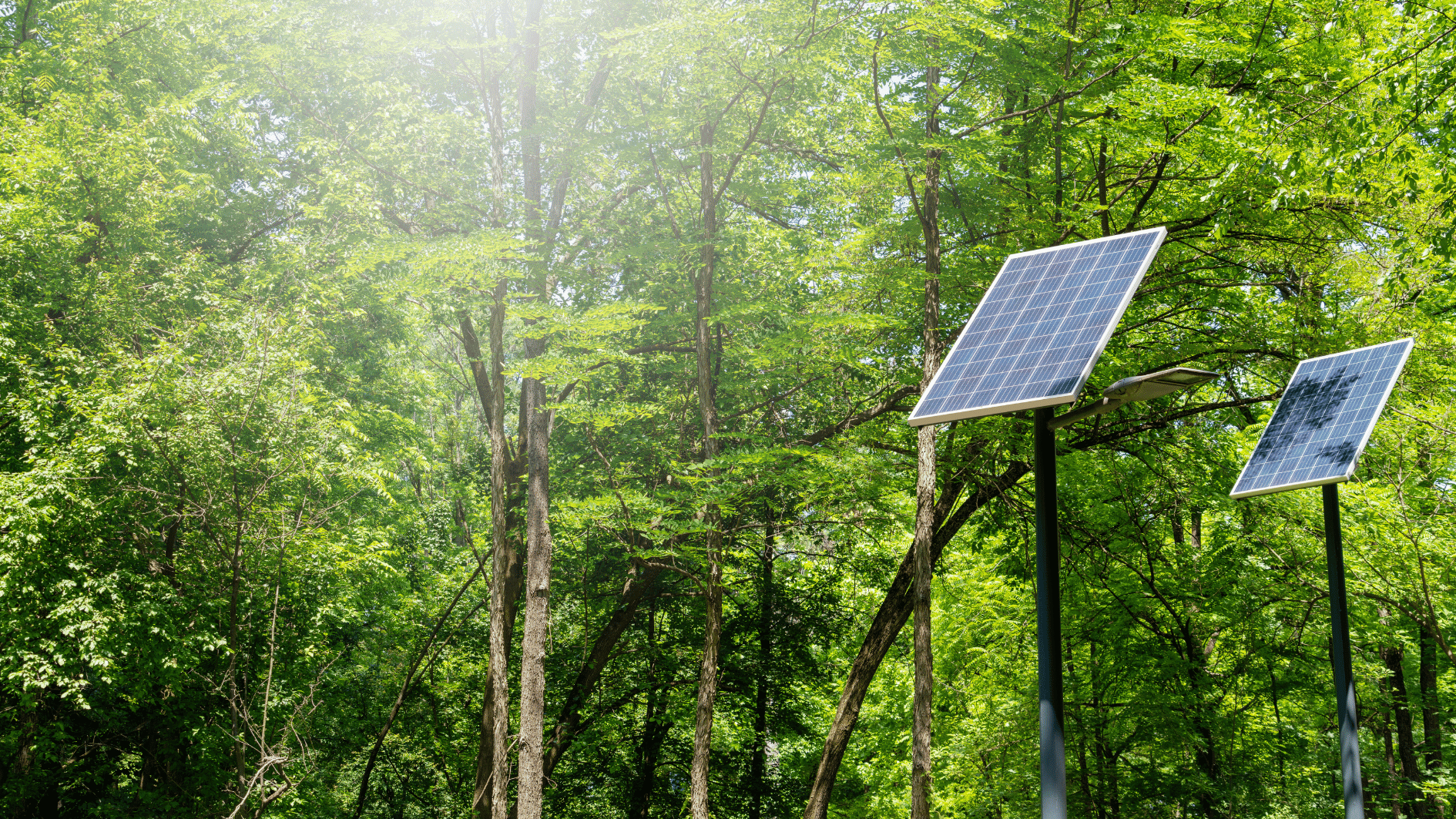Image source: Canva.com
Solar energy has long been hailed as a cornerstone of the renewable energy revolution. But as we enter 2025, the integration of artificial intelligence (AI) and smart grid technology is propelling solar panels into an entirely new era of efficiency, reliability, and accessibility. This fusion of cutting-edge tech is not just enhancing how solar panels function – it’s transforming the entire energy ecosystem.
AI-Powered Solar Panels: Smarter, Faster, More Efficient
Artificial intelligence is transforming solar energy by boosting the performance, reliability, and efficiency of solar panels. Through predictive maintenance and real-time optimization, AI maximizes energy output and reduces downtime.
Here’s how AI is making solar smarter and more effective for both residential and commercial users.
Predictive Maintenance
AI algorithms analyze data from solar panels in real-time, identifying potential issues before they lead to system failures. This reduces downtime and extends the lifespan of solar installations.
Performance Optimization
By constantly monitoring environmental conditions such as sunlight intensity, temperature, and shading, AI can adjust the orientation and settings of solar panels to maximize energy output.
Energy Forecasting
AI-driven analytics predict energy production based on weather patterns and historical data, helping both residential and commercial users plan their energy consumption more effectively.
Fault Detection
Advanced machine learning models can pinpoint inefficiencies or malfunctions at the micro-level, such as dirt accumulation or minor component failures, allowing for swift corrective actions.

Smart Grids: The Backbone of the Solar Revolution
The solar revolution is being driven by two transformative technologies: AI-powered optimization and smart grid integration.
AI enhances the efficiency of individual solar systems through real-time performance monitoring, predictive maintenance, and energy forecasting, ensuring maximum energy output and longevity. Meanwhile, smart grids are revolutionizing how solar energy is distributed and managed on a larger scale.
By balancing energy loads, improving grid resilience, and enabling decentralized energy systems, they create a more reliable, efficient, and consumer-driven energy future. Together, these innovations are reshaping the way we generate, store, and utilize clean energy.
Dynamic Energy Distribution
Smart grids balance energy loads by distributing solar power where it’s needed most, reducing waste and ensuring a stable energy supply.
Consumer Empowerment
Smart meters and real-time data allow consumers to monitor their energy usage, adjust consumption patterns, and even sell excess solar energy back to the grid.
Grid Resilience
By integrating multiple renewable sources, including solar, smart grids enhance the resilience of the overall power network, minimizing the risk of blackouts and outages.
Decentralized Energy Systems
Smart grids support the growth of decentralized energy systems, where communities can generate, store, and manage their own power, reducing reliance on traditional utility companies.
The Symbiotic Relationship: AI Meets Smart Grids
The true revolution lies in the synergy between AI and smart grids. Together, they create a responsive, adaptive energy ecosystem that can:

Optimize Supply and Demand
AI algorithms predict energy production and consumption trends, while smart grids distribute energy efficiently based on real-time data.

Enhance Sustainability
This tech duo minimizes energy waste and maximizes the use of renewable sources, significantly reducing carbon footprints.

Improve Energy Storage
AI optimizes the charging and discharging cycles of battery storage systems, while smart grids ensure that stored energy is used effectively across the network.
Looking Ahead: The Future of Solar Technology
As AI and smart grid technology continue to evolve, the future of solar energy looks brighter than ever. Innovations on the horizon include:
Autonomous Solar Farms
Fully automated solar farms managed by AI, capable of self-optimizing and self-repairing with minimal human intervention.
Advanced Energy Trading Platforms
Blockchain and AI-powered platforms enabling peer-to-peer energy trading within smart grids, allowing consumers to buy and sell solar power seamlessly.
Integration with Electric Vehicles (EVs)
Smart grids will increasingly coordinate with EVs, turning them into mobile energy storage units that can supply power back to the grid when needed.
Global Solar Networks
The potential for interconnected smart grids across countries and continents, allowing solar energy to be shared globally, ensuring sustainable energy access for all.
The integration of AI and smart grid technology is not just enhancing the efficiency of solar panels – it’s revolutionizing the entire energy landscape. By making solar energy smarter, more reliable, and more accessible, we are paving the way for a sustainable future where renewable energy is the norm, not the exception. As we move forward into 2025 and beyond, the collaboration between technology and solar power promises to reshape how we produce, distribute, and consume energy on a global scale.





